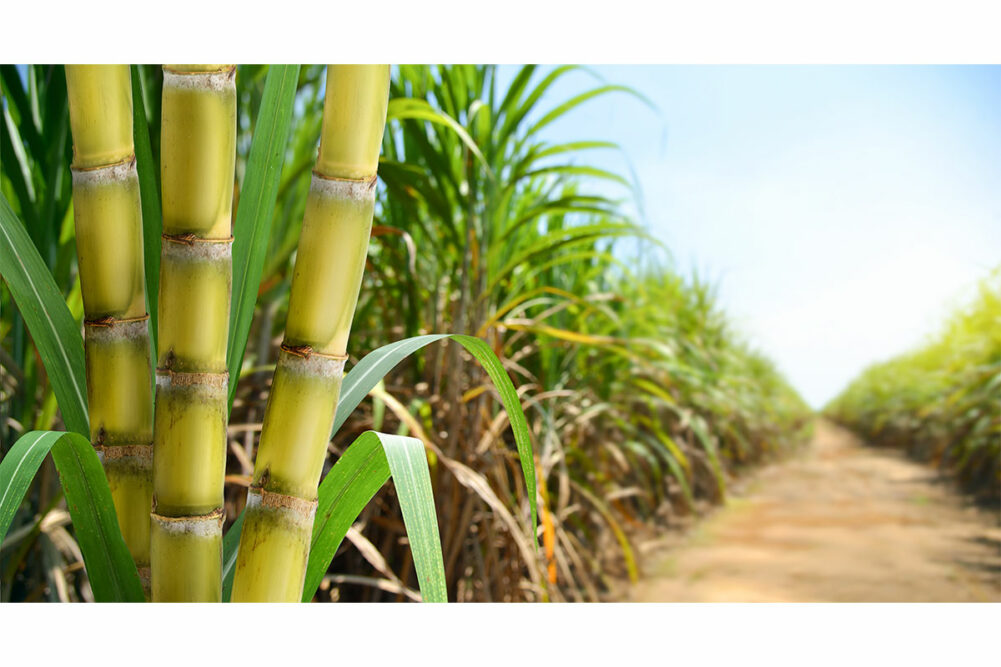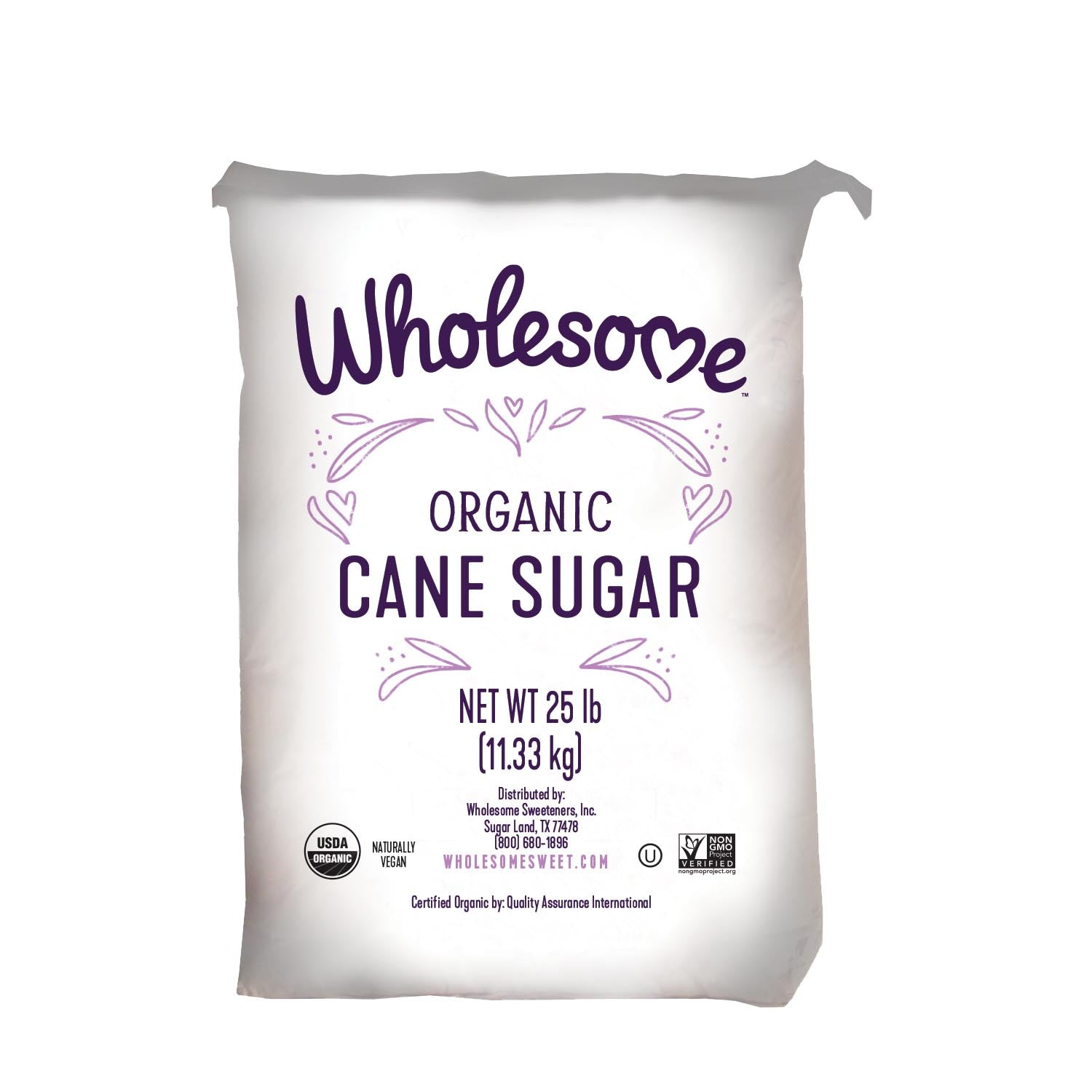Efficient Cane Sugar Processing: Optimizing Yield and Purity
Discovering the Comprehensive Tips Entailed in Cane Sugar Handling From Gathering to Improvement
The process of cane sugar manufacturing includes a collection of detailed steps, starting with the careful harvesting of sugarcane and culminating in the improvement stages that guarantee the final item meets sector requirements. Each stage, from the removal of juice to the filtration and condensation procedures, plays an important function in determining the top quality and character of the sugar. Understanding these phases not only highlights the intricacy of sugar production but also increases vital questions regarding effectiveness, sustainability, and development in the industry. What implications do these factors have for future methods?
Harvesting Sugarcane
Collecting sugarcane is a crucial action in the walking stick sugar processing chain, as it directly influences the quality and yield of the end product. Correct timing and techniques are vital throughout this phase to guarantee ideal sugar content and minimize losses. Normally, sugarcane is harvested when it reaches maturity, generally 12 to 18 months after planting, characterized by a high sucrose concentration.

Post-harvest, the sugarcane must be refined swiftly to stop sucrose destruction. Ideally, collected cane needs to be transferred to refining facilities within 24 hours to protect sugar high quality. Therefore, efficient logistical planning is vital to preserve the stability of the gathered plant throughout the supply chain.
Removal Refine

The smashed walking cane undergoes a collection of pressing operations to take full advantage of juice recuperation. Typically, hot water is splashed onto the smashed walking cane, producing a countercurrent flow that helps dissolve the sugar while additionally helping in the extraction process. The juice collected from this procedure has not only sugar but also numerous natural compounds and pollutants.

To boost extraction effectiveness, some centers may utilize diffusion approaches, where the sugarcane is soaked in warm water, enabling the soluble sugars to diffuse into the liquid. The resulting juice, abundant in sucrose, is then routed to succeeding handling phases, laying the foundation for filtration and improvement. The removal process is hence essential in figuring out the top quality and yield of the last sugar product.
Purification Methods
The purification methods utilized in cane sugar processing are essential for transforming the raw juice into a top notch sugar item. These techniques mostly aim to eliminate pollutants, such as dirt, plant materials, and inorganic substances, which can adversely influence the last item's taste and shade.
This process involves adding lime and heat to the raw juice, click for more which helps with the coagulation of impurities. Furthermore, the use of phosphoric acid can enhance the information procedure by more binding pollutants.
One more significant method is carbonatation, where carbon dioxide is presented to the clarified juice. This response creates calcium carbonate, which captures staying impurities and advertises their removal.
Furthermore, turned on carbon treatment might be related to adsorb any continuing to be colorants and organic pollutants, guaranteeing a more polished item. The combination have a peek at these guys of these methods properly prepares the sugar juice for subsequent action in the refining process, establishing the stage for the manufacturing of premium cane sugar.
Formation Methods
After the purification stage, the next essential step in walking cane sugar processing includes formation techniques, which play a pivotal duty in transforming the made clear juice into strong sugar. This process typically utilizes 2 main techniques: spontaneous formation and controlled condensation.
In spontaneous formation, supersaturated sugar options are allowed to cool naturally, leading to the formation of sugar crystals over time. This technique permits for the consistent development of sugar crystals and higher pureness.
During condensation, the cleared up juice is concentrated via evaporation, raising its sugar web content until it reaches supersaturation. When this factor is accomplished, either approach can assist in the formation process. Cane Sugar Processing. The resultant sugar crystals are after that separated from the staying syrup with centrifugation
Eventually, the choice of formation approach impacts the top quality, size, and purity of the final sugar item, making this step essential in the total walking cane sugar processing treatment.
Refinement and Packaging
Exactly how can the purity and top quality of cane sugar be additionally enhanced after condensation? The improvement process plays an essential function in attaining premium walking cane sugar. Adhering to condensation, sugar undertakes a comprehensive cleaning to get rid of impurities and recurring molasses. This is commonly achieved making use of cozy water or heavy steam, which aids liquify and remove undesirable elements while preserving the sugar crystals.
Following, the sugar is subjected to a procedure called centrifugation, where it is rotated at high speeds to separate the cleansed sugar crystals from the continuing to be fluid. After centrifugation, the sugar is often more improved with a method called carbonization or phosphatation, which uses activated carbon or phosphoric acid to get rid of shade and off-flavors.
When improved, the sugar is dried out to achieve the preferred dampness content, guaranteeing that it remains steady throughout storage and transport. The last step includes product packaging the polished sugar in moisture-proof and airtight additional resources containers to preserve its top quality and prevent contamination. Cane Sugar Processing. Proper packaging not only prolongs life span yet additionally assists in simple handling and circulation, ensuring that consumers get sugar that satisfies the highest requirements of pureness and quality
Verdict
The extensive actions involved in walking stick sugar handling, from the thorough harvesting of sugarcane to the intricate refinement and product packaging phases, underscore the value of each stage in ensuring high-grade sugar manufacturing. Optimal harvesting techniques, reliable removal approaches, and extensive purification procedures collectively add to the end product's purity and stability. The crystallization and subsequent product packaging techniques even more boost the honesty and rack life of the sugar, highlighting the complexity and precision integral in this necessary farming sector.
The procedure of walking stick sugar manufacturing includes a series of intricate actions, starting with the cautious harvesting of sugarcane and culminating in the improvement phases that make certain the final item meets industry criteria. Ideally, harvested cane must be delivered to refining centers within 24 hours to preserve sugar top quality.In spontaneous crystallization, supersaturated sugar solutions are allowed to cool normally, leading to the development of sugar crystals over time - Cane Sugar Processing. The improvement process plays a critical duty in accomplishing top quality cane sugar.The thorough actions included in walking stick sugar processing, from the careful harvesting of sugarcane to the elaborate improvement and product packaging stages, highlight the significance of each stage in making sure top notch sugar production